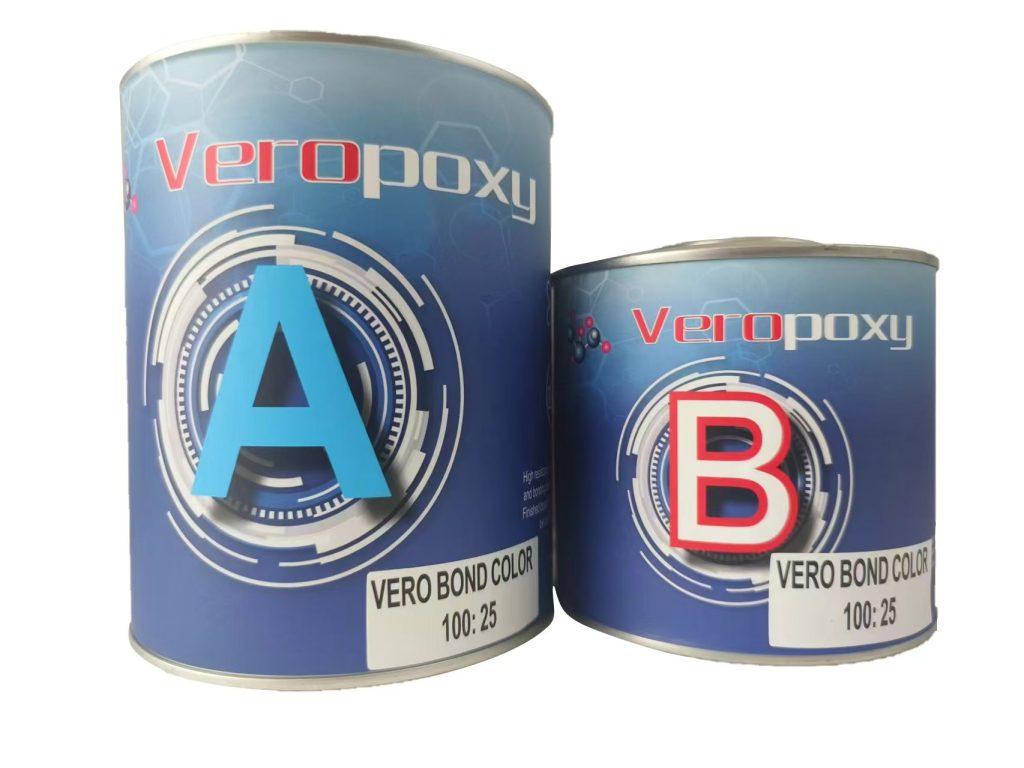Marble has long been revered for its luxurious look and natural elegance, but its beauty is not invulnerable. Cracks, chips, and surface wear can eventually take their toll and call for repair and restoration to keep marble looking fresh and unspoiled. With its strong adhesive qualities and flawless marble surface restoration ability, epoxy resin has become a great fix for such repairs. But when it comes to the long-term stability of epoxy resin in marble restoration, one critical question arises: How chemically stable is epoxy when exposed to various environmental factors over time? Examining the science behind epoxy resin’s chemical stability and efficiency in long-term marble surface preservation, this paper investigates its part in marble restoration.

The Role of Epoxy Resin in Marble Restoration
Epoxy resin is highly valued in the restoration world for its remarkable adhesive properties, ability to bond seamlessly with marble, and excellent durability. Applied to damaged marble, epoxy resin fills in cracks, smooths out chips, and produces a consistent surface that replics the natural look of the stone. Marble, however, is frequently exposed to different conditions—moisture, temperature variations, acidic compounds, and UV light exposure—that might affect the stability and lifetime of epoxy.
For a successful and enduring restoration, epoxy resin must remain chemically stable under these diverse conditions. Should it deteriorate over time, lose adhesion, or yellow, the restoration might fail and more repairs may be needed. Therefore, guaranteeing that marble restoration efforts are both efficient and long-lasting depends on knowing how epoxy resin behaves chemically over time.
Chemical Stability Factors in Epoxy Resin for Marble Restoration
Moisture Resistance
Marble is often used in environments exposed to water and humidity, like bathrooms and kitchens. These places need highly moisture-resistant epoxy resin to avoid it from weakening over time. Generally resistant to water, epoxy’s chemical composition produces a strong bond even in humid environments. Epoxy creates a cross-linked network that rejects water molecules when properly cured, so preserving adhesion and preventing structural damage.
UV Light Exposure
Epoxy resins are typically sensitive to UV light, which can cause yellowing and surface degradation. Marble exposed outdoors or in naturally occurring sunlight is susceptible to UV damage. UV stabilisers are part of some epoxy formulations; they help to minimise discolouration and maintain the epoxy layer clear. Still, long UV exposure can over time compromise the clarity of epoxy even with these additions. Special UV-resistant epoxies are advised for outdoor uses to maintain the look and strength of the restored marble.
Temperature Fluctuations
Marble surfaces in outdoor settings or areas with significant temperature changes (like heated floors) can place stress on epoxy resin. Epoxy may become brittle in cold conditions and soften somewhat in extreme heat. Although Epoxy’s chemical bonds are usually strong over a wide temperature range, if there will be frequent temperature fluctuations it is advisable to use a formulation meant for flexibility. Appropriately chosen, this resin will expand and shrink with the marble, so preventing adhesion loss or cracking.
Chemicals and Acid Resistance
Marble is often exposed to acidic substances, particularly in kitchens where food and cleaning agents can cause etching. Still, epoxy resin is rather resistant to acids, particularly in relation to the calcite in marble. Applied over marble, epoxy acts as a protective layer shielding the stone from mild acidic spills that might otherwise cause damage. Epoxy thus improves marble’s resistance against common acidic exposures rather than only repairs.
Scratch and Impact Resistance
Epoxy resin’s resistance to physical impact and scratches adds still another advantage. In high traffic areas where marble is probably going to be used heavily, this feature is crucial. Chemically, the tightly bonded structure of epoxy resists abrasions and minor impacts, so maintaining marble’s texture and look. Some high-strength epoxies, however, are more suited for this use since they are made especially for longevity in demanding surroundings.
Experiments and Observations: Epoxy’s Stability in Action
Many tests in studies evaluating the long-term performance of epoxy on marble replicate exposure to moisture, temperature variations, UV light, and acidic compounds. Under a sequence of controlled environments, epoxy usually showed great stability in moist conditions and under mild chemical exposure; UV exposure caused minor yellowing after extended periods.
For instance, in an experiment where epoxy-coated marble was exposed to artificial UV light for 500 hours, the epoxy resin displayed a slight yellow tint, while the bonding strength remained intact. The resin stayed adhesively without cracking or delaminating in another test whereby epoxy-restored marble was exposed to daily temperature fluctuations ranging from -5°C to 50°C. These tests verify that with the correct epoxy formulation, chemical stability can be mainly maintained across many environmental conditions, hence epoxy is a good solution for most marble restoration projects.
Practical Considerations for Marble Restoration with Epoxy
When considering epoxy for marble restoration, several practical aspects should be taken into account:
Choose the Right Formulation
Choose an epoxy resin especially meant for marble or stone restoration; ideally one that is flexible for temperature changes and UV-resistant.
Proper Application Techniques
Before application, make sure the marble surface is dry and clean; do not apply epoxy in very high temperatures. Respected should be curing time since it directly affects the chemical stability and adhesion quality of the epoxy.
Sealant Compatibility
Make sure any extra sealants used match epoxy. Certain sealants could react with epoxy, so lowering its lifetime or producing undesired discolouration.

Epoxy Resin
Epoxy resin is a powerful material for restoring and enhancing marble surfaces, offering a strong, flexible, and mostly stable solution for damaged or worn stone. Although extremes in temperature and UV light can present some difficulties, developments in epoxy formulations—including UV-stabilized resins—help to assure chemical stability and durability over time. Epoxy resin is a long-lasting, stain-resistant, and aesthetically appealing fix for marble restoration projects when chosen and applied carefully. Epoxy is still the preferred material in marble restoration as evidence of its adaptability and efficiency helps to preserve the beauty of this ageless stone for next generations.
Post time: 11 月-06-2024

